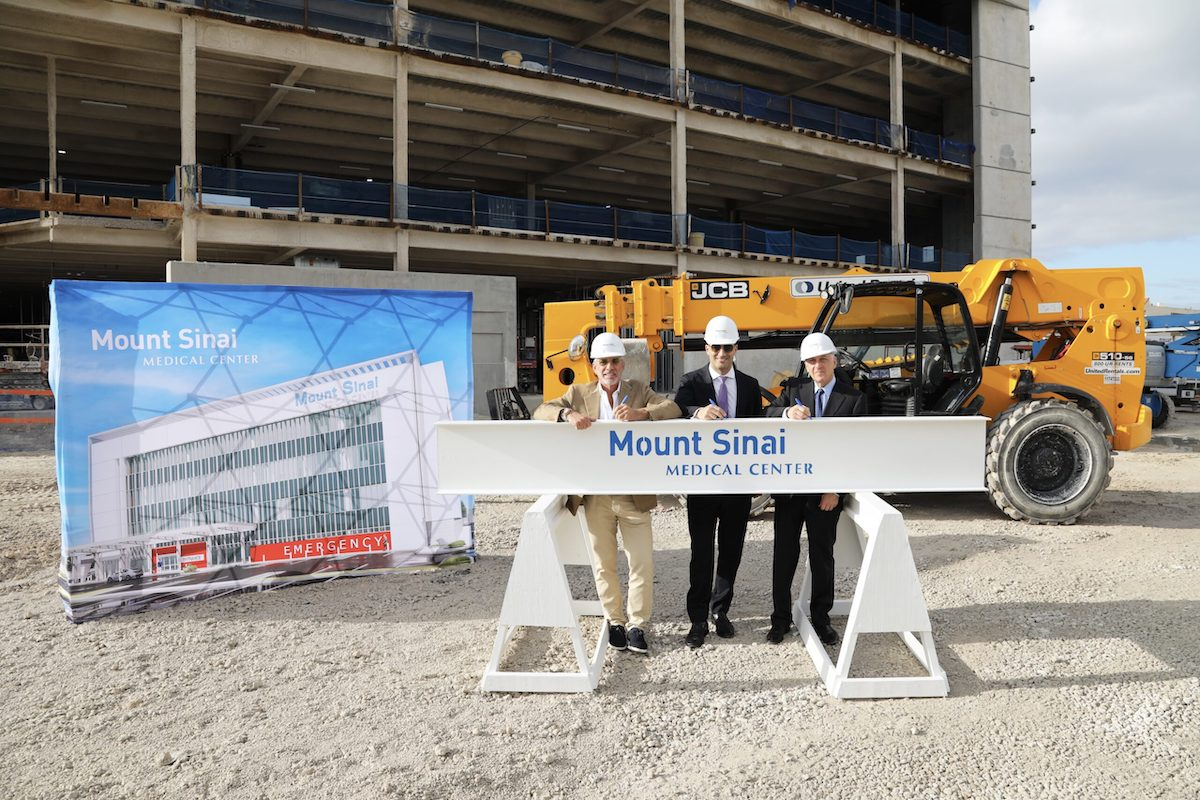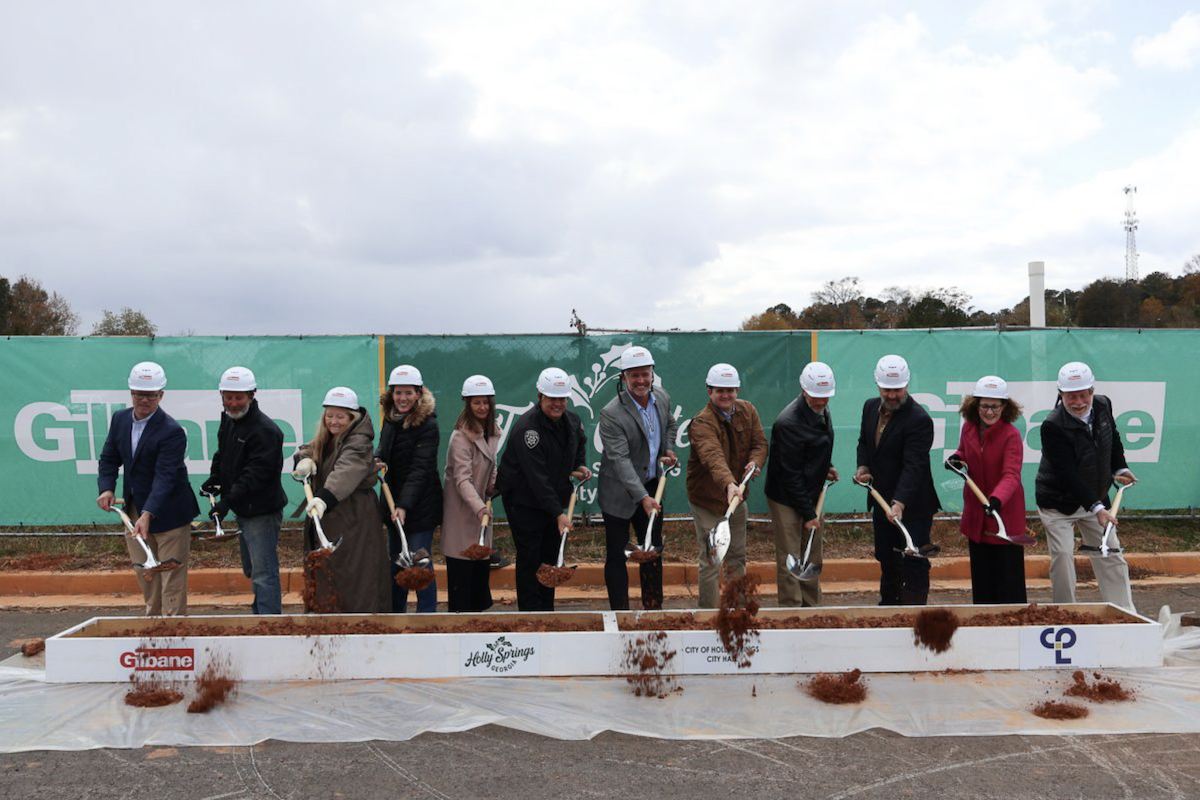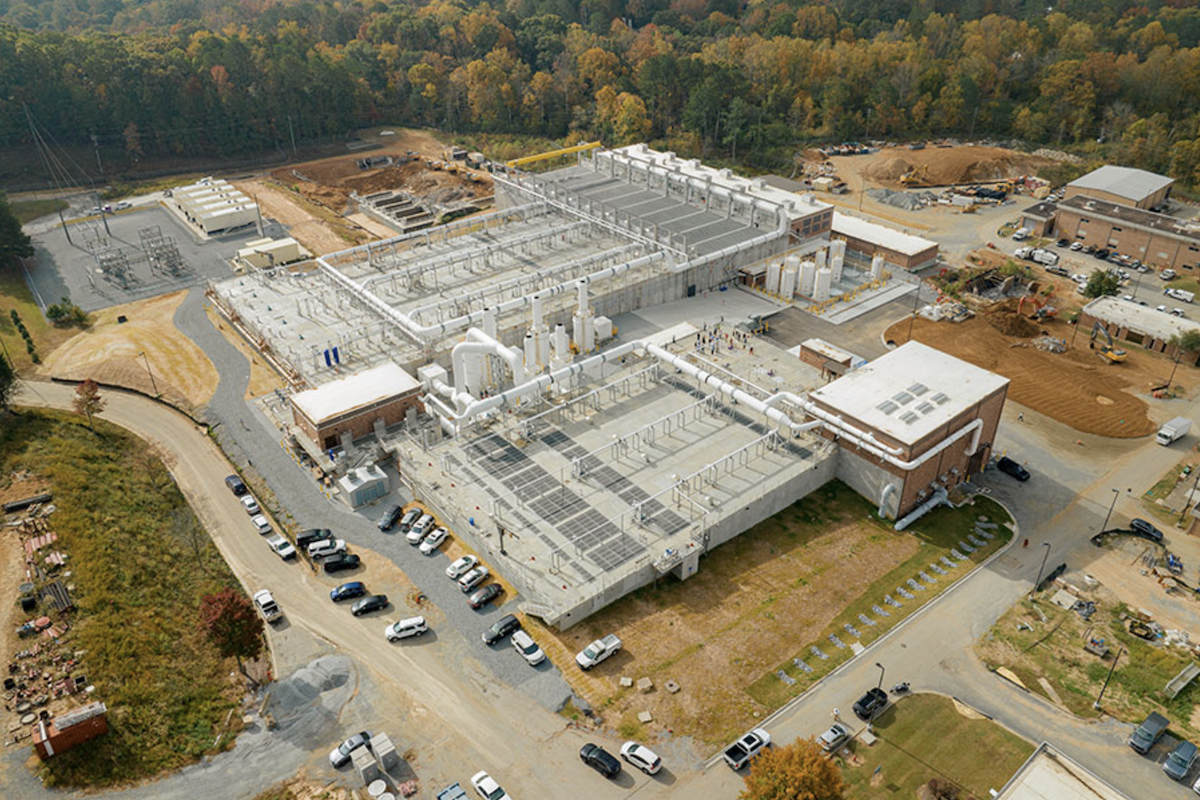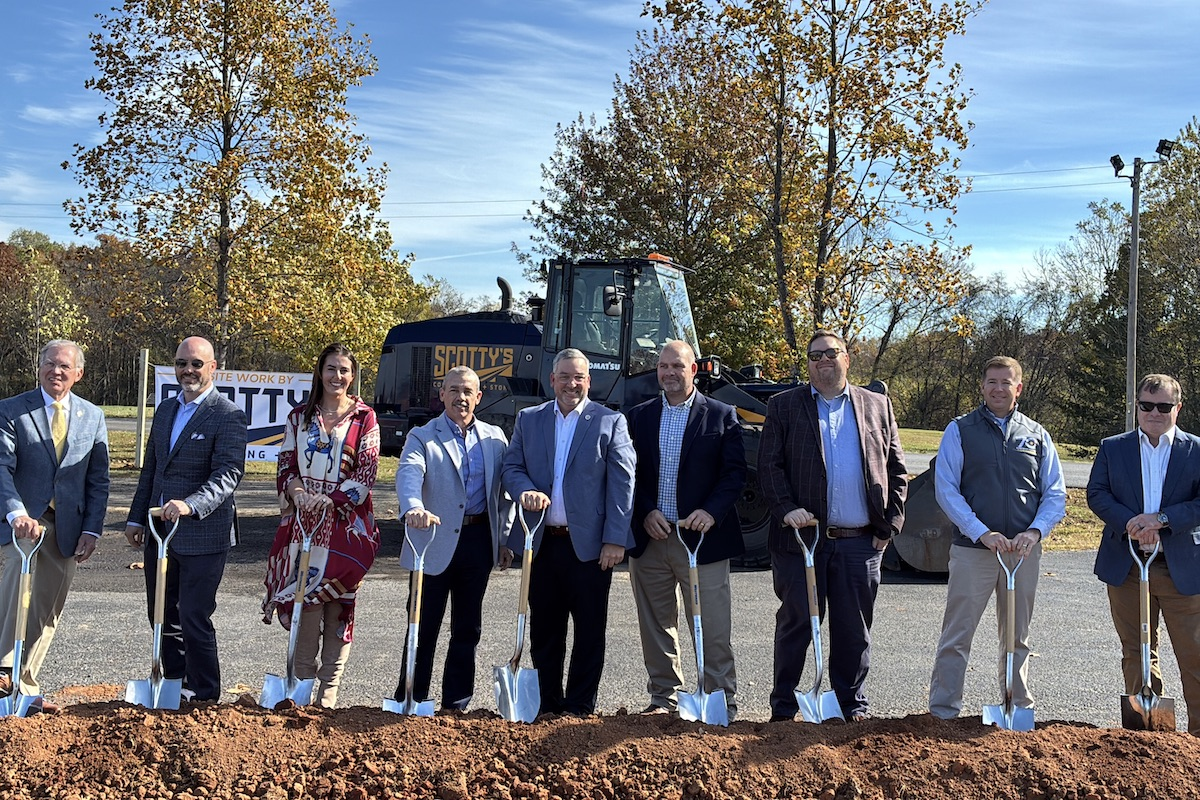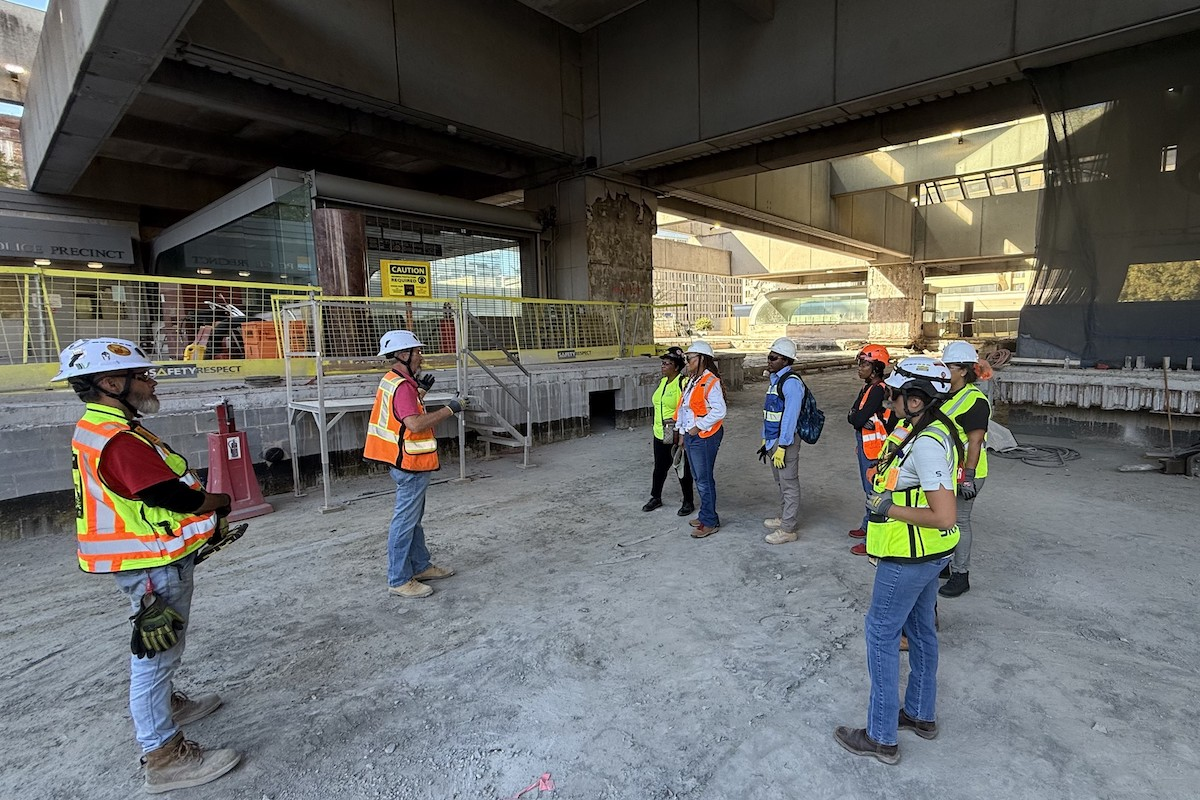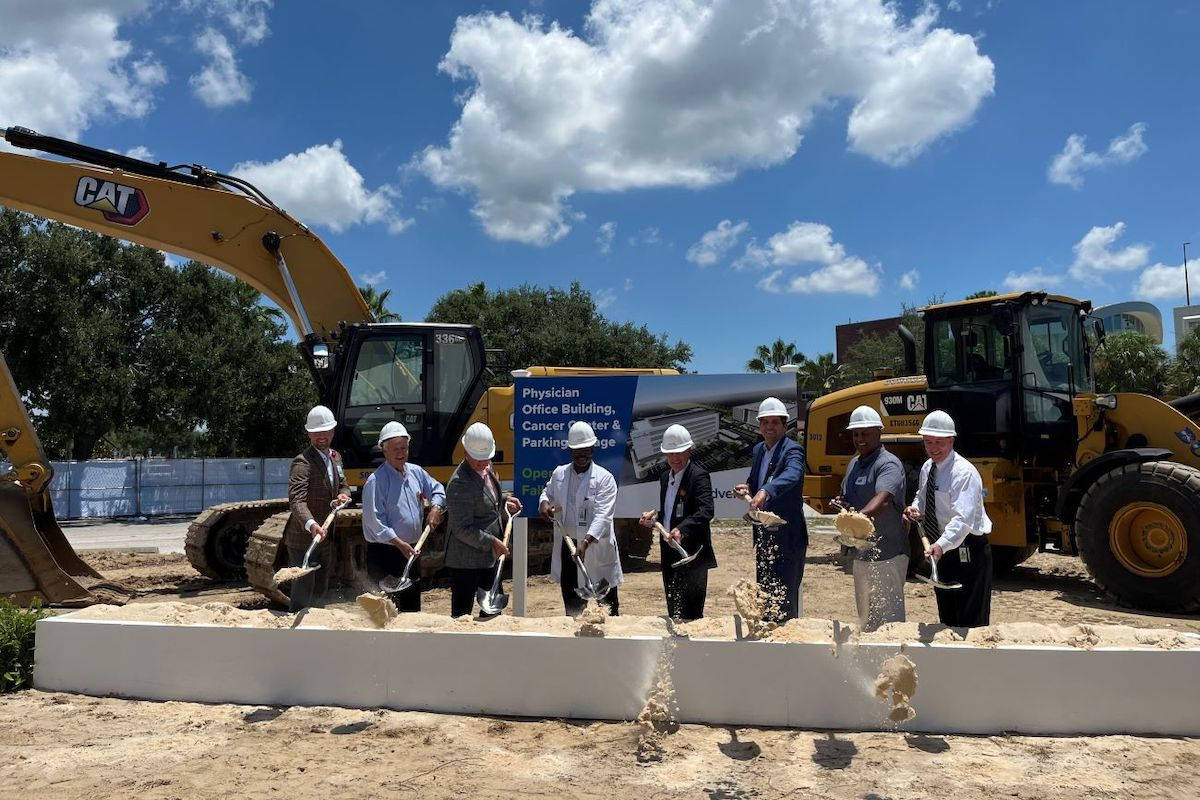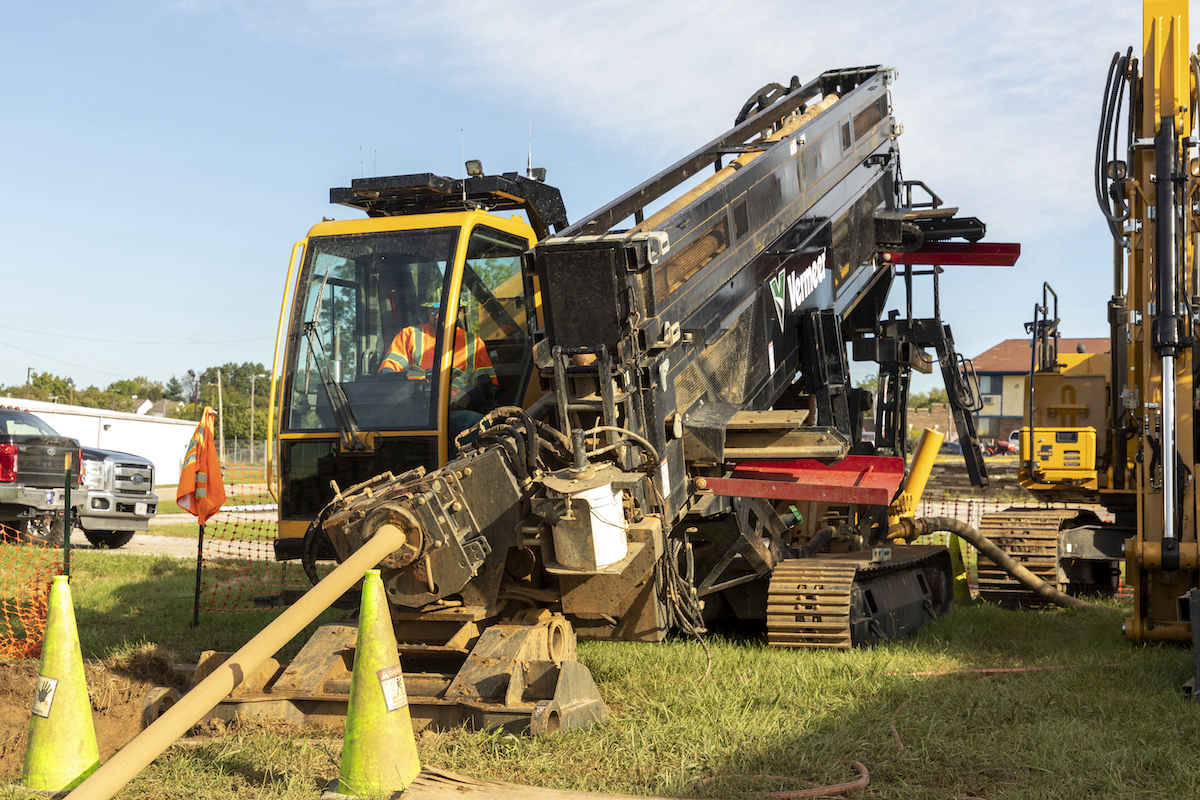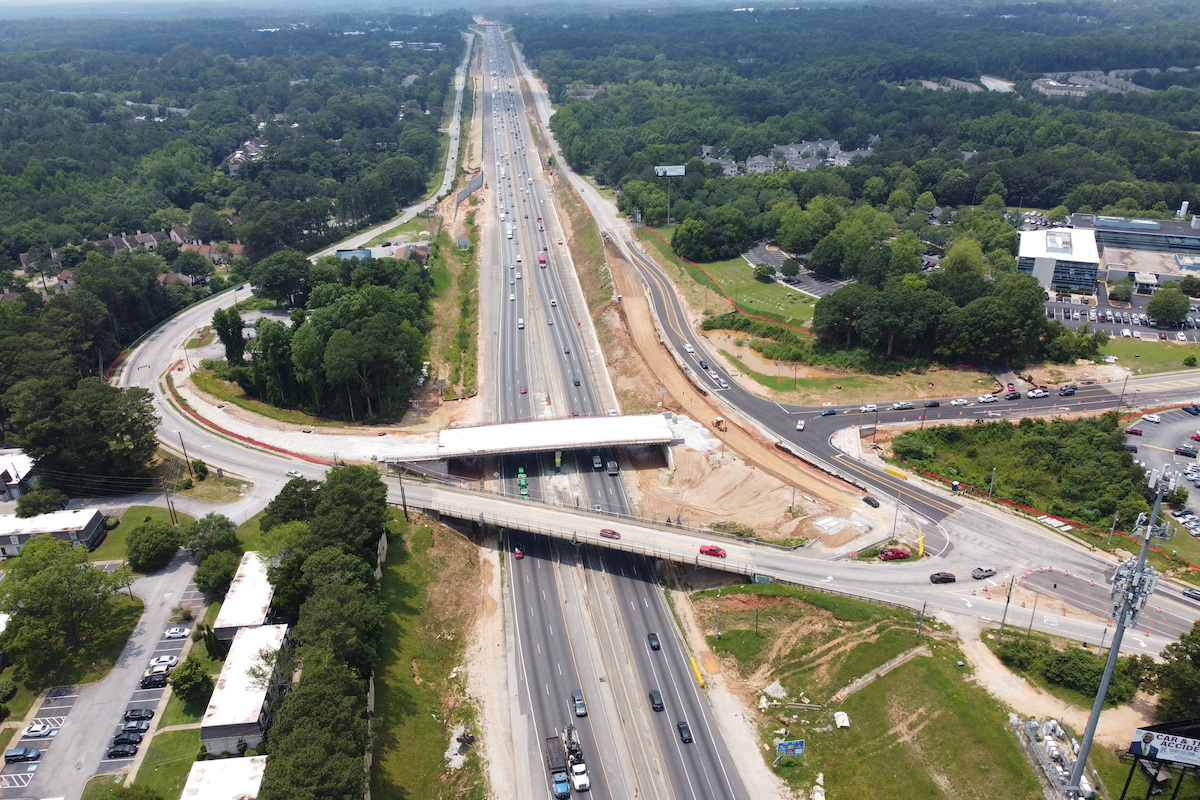“Since my family came to this country about 100 years ago, they have been involved in road building and construction of some form,” Eucalitto said. “But I never wanted to get into that industry. I went to college for political science, then went to grad school for foreign policy. Ultimately, I ended up working on Capitol Hill. After about a year working there, my boss at the time said, ‘Look, I know foreign policy is what you work on, but there’s this opening and we want you to help out on appropriations and infrastructure work because you know the state of Connecticut.’ And I said, ‘Yeah, I can do that.’”
Eucalitto began his career working in Washington, D.C., for six years on the staff of former Senator Joe Lieberman as his Legislative Assistant, covering appropriations, transportation, and infrastructure. Prior to joining CTDOT, he was Transportation Program Director for the National Governors Association in Washington, D.C. Since coming on as the department’s Deputy Commissioner in January 2020, he has immersed himself in the mission, which led to his being nominated for Commissioner by Governor Ned Lamont and confirmed by the legislature in January 2023.
“I fell in love with working on budget issues, appropriations, infrastructure policy, environmental policy, and just ended up on that path — and never looked back,” Eucalitto said. “Working in the foreign policy/political science realm was largely theoretical: you’re talking about things that may never come to be, or that you may never want to come to be. The infrastructure space was, ‘Okay, how do we actually build things? How do we get things done that are going to be here for the next 100 years?’ I could see tangible improvements. I could go see what I had worked on — a bridge or roadway — and that was the big thing that kept me in that space.”
Eucalitto studied at the College of the Holy Cross in Massachusetts, and credits what he refers to as “the Jesuit mentality of men and women for others. What can you do for others to improve their lives? That’s kind of how I’ve approached my work, from working on Capitol Hill to state government here. It’s been, ‘How can I help others?’” He has found the answer at CTDOT.

| Your local Komatsu America Corp dealer |
|---|
| Linder Industrial Machinery |
“All state DOTs are similar and different at the same time,” Eucalitto said. “One of the main differences we have here at CTDOT is that there is no county government in Connecticut. We have the state DOT, then we have 169 independent municipalities, and that’s it.”
Connecticut also has a centralized public transportation system, similar to states like Delaware and Maryland. “We have one main bus system and a few small ones, but we directly fund them,” he said. “Then we have a main rail system that we own. It is truly a centralized, multi-modal system, unlike some other states where the trend is to be owned and managed by independent entities.”
The department also installed wrong way flashing beacons on exit ramps across the state to prevent fatal wrong way crashes.
CDOT is now in the process of launching a permanent work zone safety camera program to capture and reduce instances of people speeding through work zones. Last year, the department ran a pilot program and issued warnings to more than 20,000 drivers speeding more than 15 miles an hour in work zones.
In addition to safety initiatives, one of Eucalitto’s first steps as Commissioner was to rebrand the department, including drafting a new mission statement. “We had this long mission statement that was essentially rooted in what we do. But I cut it down to just simply, ‘Improving lives through transportation.’ I think that’s where my personal philosophy, as well as my professional philosophy, is rooted. Everything we do should be improving someone’s life by making it safer for them, making it easier for them to get to where they want to go.”
A large portion of his year-and-a-half on the job has been spent focused on stabilizing CTDOT. “We had a huge retirement surge before I took on this role,” he said. “When I was Deputy [Commissioner], we had a large number of retirements due to changes in the state’s pension system, and so it’s been a lot of bringing new people into the agency.”
For example, CTDOT has a 15 percent vacancy rate in its engineering bureau, Eucalitto pointed out. “It used to be 20 percent when I took over, so we’ve made a dent, but it still remains an issue that we need to address,” he said. “I know it’s a national issue. We need more civil engineers in this country.”
Another priority has been meeting with staffers across the state. “We have 60 different maintenance garages,” Eucalitto said, “so a lot of trying to get out and meet with all of them, talk to them, find out how I can make working here better for them.” He has similarly reached out to CTDOT’s engineering, transportation, training, and finance personnel.
The remainder of 2024 will see CTDOT kick off several large projects. One grows out of the Greater Hartford Mobility Study, a multi-billion-dollar plan to advance improvements to I-84 and I-91 in Hartford. “The goal is to start construction on that project by 2030,” Eucalitto said, “and if we don’t start the design now, we’ll never get there, and I don’t want to lose momentum.”
Elsewhere, the state has four major moveable bridges that need to be replaced. One of them, the Norwalk River Railroad (Walk) Bridge Replacement project in Norwalk, is currently under construction, and Eucalitto’s staff is working with the Federal Railroad Administration to identify funding for the other projects.
“We also need to do major improvements to our rail infrastructure, which was built in the 1800s,” Eucalitto said. “The goal is to start construction next year on a major rail investment program between Bridgeport and Stratford — new catenary towers, new tracks, and realigning new interlockings and crossovers, which will allow us to increase speeds through that corridor from 70 mph to 90 mph.”
However, there are challenges that CTDOT faces on the way to completing these projects. Inflationary factors are still an issue, according to Eucalitto. “Costs for everything we do have gone up,” he said. “We’ve been able to mitigate a lot of that through value engineering, but I think we continue to still see pressure on some manufactured products that have very long lead times.”
CTDOT currently has around 3,200 employees, as well as 300 vacancies. Recruitment efforts are ongoing. “We are doing regional recruitments in the tri-state area, as well as going into the northern New England states and down south for job fairs,” Eucalitto said. His people are also visiting historically black colleges and universities down south.
“We’ve been talking to the University of Connecticut about increasing the size of their civil engineering classes,” Eucalitto said. “We are also focused on what we can do to grow within the high schools, to teach kids about engineering, construction, and bridges. We are trying to make them see how much fun it is to work in the space. I need more civil engineers in Connecticut, and that continues to be a major headwind in our ability to get work out the door.”
His team continues to work closely with the state’s building trades, as well as with technical community high schools, to try and grow the construction and trade labor workforces. The department supports some pre-apprenticeship programs and is trying to get more individuals interested in the contractor side “to ensure that we have the workforce ready to deliver on the program that we are seeking to deliver for the state,” Eucalitto said. “That’s critical for me. We are working really closely with the construction industry, with contractors, and with the building trades to ensure that we are supporting them with what they need to fill their workforce needs, as well.”
“Most DOT commissioners or secretaries say that they don’t maintain that work-life balance,” Eucalitto said. “Work is my life right now, and that’s okay for me. This is a once-in-a-lifetime opportunity, so I’m going to go full steam and get as much done as I can while I’m in this job. Not too many people have the opportunity to have what I think is the greatest job in state government.”
Eucalitto plans to stay on in his position until Governor Lamont’s term runs out at the end of 2026. “I love the job,” he said. “I love getting to build things for the state of Connecticut and make it safer for everyone to travel through here. I can’t imagine a better job than this.”























